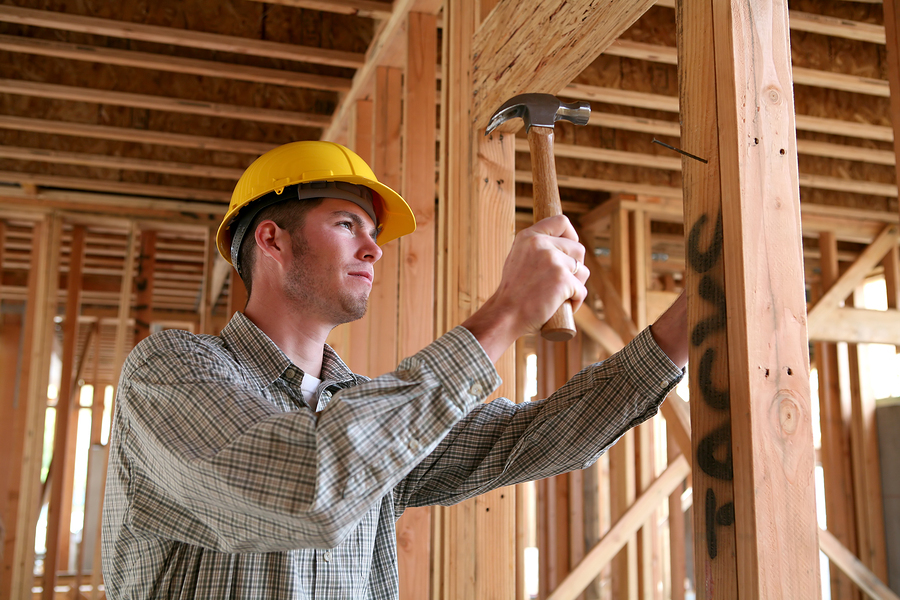Human beings and other animals have survived for thousands of years primarily because of our ability to adapt to our environment. In the early days of humanity, for example, people realized they required shelter to protect themselves from the elements, so they inhabited caves, then built their own structures in which to live.
Historically, architecture has remained fundamentally static. It exists in its completed form and does not change over time. However, new research into thermobimetals might change all that. The research of companies like Do|Su Studio Architecture has created an exciting new field of architecture that uses bimetals to create responsive structures, according to Architecture magazine. In other words, buildings could adapt to their environments in the future just as people and animals already do.
What Is Responsive Architecture?

Standard architectural materials can become even more efficient through the use of dynamic and responsive strategies.
Several facets of responsive architecture exist. At its core, responsive architecture evolves or changes based on its environment and its inhabitants’ needs. This opens the door to more efficient, more useful structures that positively impact the environment.
For example, according to Design Curial, a building in Illinois is built with materials infused with proto-chromatic inks that change color based on the exterior temperature and time of day. On hot days, the surface becomes lighter to reflect heat; on cold days, it gets darker.
What Are Thermobimetals?
Thermobimetals (or thermal bimetals) are another prime example of responsive architecture. A bimetal is a combination of two separate metals. Unlike alloys, the metals are not mixed together to form another substance; instead, they are layered together with one on top of the other.
A thermobimetal is a bimetal that changes shape based on temperature. It curls when exposed to heat, which changes its impact on the environment around it. At Do|Su, former biologist and current architect Doris Sung pursues grant research on the ways in which thermobimetals could benefit architectural endeavors.
Reducing the Impact of Heat on Architecture
A thermobimetal construction could allow a building to increase ventilation and provide shade to occupants without expending any energy. Since the thermobimetals curl and flatten based on heat exposure, no external power would be required to “operate” it.
Additionally, thermobimetals can be combined with other materials. A layer of thermobimetals attached to a window pane, for instance, would grant shade during the heat of the day, then admit light (and heat) during cooler times.
Increasing Construction Safety
Another benefit of architectural thermobimetals lies in the ease of construction. Using thermobimetals to construct a building would allow construction workers to reduce risk and liability because, as the material cools, it settles into place. Do|Su and other researchers have created prototypes and art installations to illustrate these benefits.
Researchers and architects continue to find new ways to help people live more sustainable, efficient lives. Responsive architecture is gaining traction in the construction community, and thermobimetals offer just one opportunity for growth and development. If you are in search of an exciting and fast-paced career, consider obtaining your contractor’s license and entering this quickly advancing industry.
